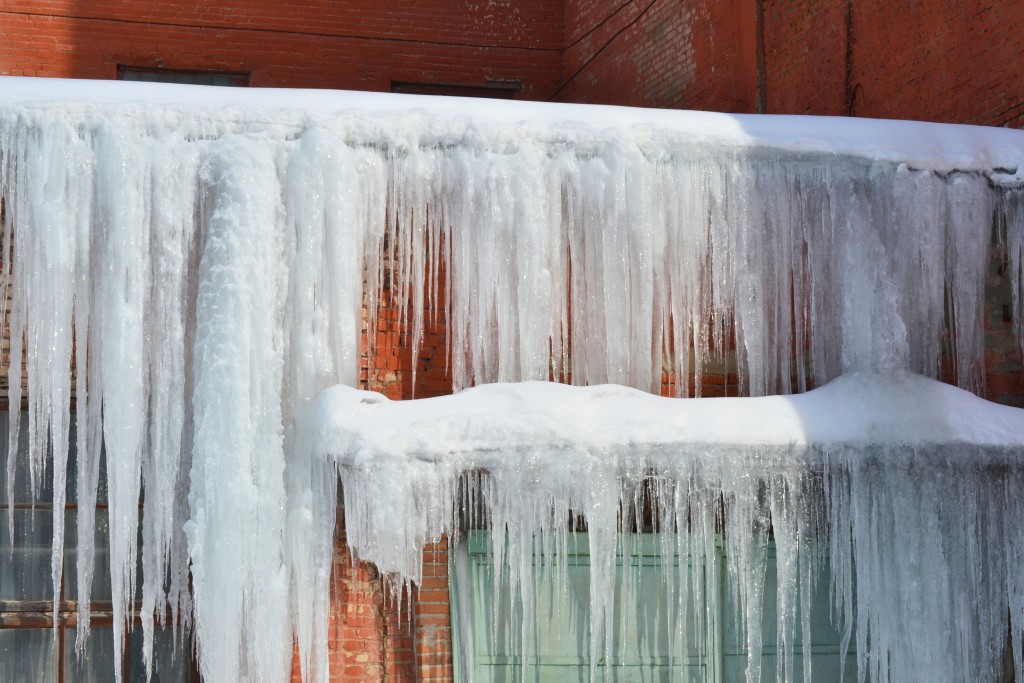The most wonderful time of the year is coming up. It typically means reuniting with family members, exchanging gifts, and delicious meals. Unfortunately, it’s not all unicorns and rainbows. Winter also involves snowstorms and cloudy days. Besides dressing in layers and shoveling snow, it also means winter prep for the home. You have to make sure that your home is fully equipped for the freezing temperatures of winter. Otherwise, it would be hard to enjoy your holidays.
Here are the dos and don’ts of winter preparation for your house:
Do Start During Fall
Precautionary measures are important so you can avoid expensive and time-consuming repairs. For example, if it’s been years since your house has been renovated, it’s best to start ahead. You can install a new roof before any damage is done. An aging roof and heavy snowfall are a terrible combination. It doesn’t just mean expensive repairs but also dangerous outcomes. Replacements are especially important if your area is usually affected by extreme weather. You don’t want to risk getting a hole in your roof during the dead of winter.
Besides the roof itself, it’s also important to check if your gutters are working properly. Before the temperature is below freezing, keep the gutters clear. The downspouts should be correctly directing water away from the house. This can prevent ice from piling up and causing damage. Once the ice melts, the water should be led to the street drains instead of seeping into the foundation.
Don’t Spend Anything Without Telling Your Insurer
Unlike other forms of insurance, homeowners insurance is not actually required by law. Technically, you can buy a house without spending a cent on insurance. But there’s a good reason why 95% of homeowners in America have them — they can save a lot of money in the long run. If there’s ever a fire in your home, the structure and your properties are probably covered. If a healthy tree falls and damages your house, the insurer will likely pay for the repairs. The best thing about insurance is that it doesn’t just include cost of repairs. Depending on your policy, you may also get reimbursed for winter prep. Your insurance company may cover preventive devices and lower your premiums by 35%.
To avoid shelling out hundreds of dollars, contact your insurance company before starting on any kind of work. They’ll tell you which kind of projects or installations they cover. They may be able to pay for devices or extensions at least partially.
Do Install Smoke Detectors
The thing with cold weather is that it doesn’t just involve snow-related issues. It’s not just about preventing pipes from freezing or fixing drafty windows. There’s always a risk of fires even during winter. In fact, according to the National Fire Protection Agency, heating equipment is one of the most common causes of household fires. Space heaters, fireplaces, and furnaces account for 15% of home fires. Naturally, these occur the most during winter. Fifty percent of these fires were reported during December, January, and February.
A great way to keep warm without starting a blaze is by installing smoke detectors. Experts recommend putting one in each bedroom and the living room. It’s also good to install one in every level to cover all your bases. But, avoid putting them near windows because it might mess with the sensors. If you already have detectors, the key is to make sure they’re running properly. Set reminders to replace the batteries twice a year. You should also test them every month. If they’re not making loud alarms, it might be time to replace them with newer models.
Don’t Forget to Prep Your Yard

While patio furniture is designed for outdoor use, they aren’t exactly created to withstand extreme weather. Snow can damage your wooden chairs or tables and leave behind mold once it melts. Even if your furniture is made of water-resistant material, it can still cause damage. Strong winds can blow them away and even break your glass windows. The best way to prevent any sort of trouble is by storing them indoors. If you don’t have a lot of space, you can use covers to protect them from the weather.
Don’t forget to fertilize your grass, so they’d have nutrients throughout winter. If you have flowers, make sure to deadhead them two months before the first snowfall.
Winter can be one of the most beautiful but also miserable time of year. The key is to take precautions, so you won’t have to pay for pricey and tedious repairs.







